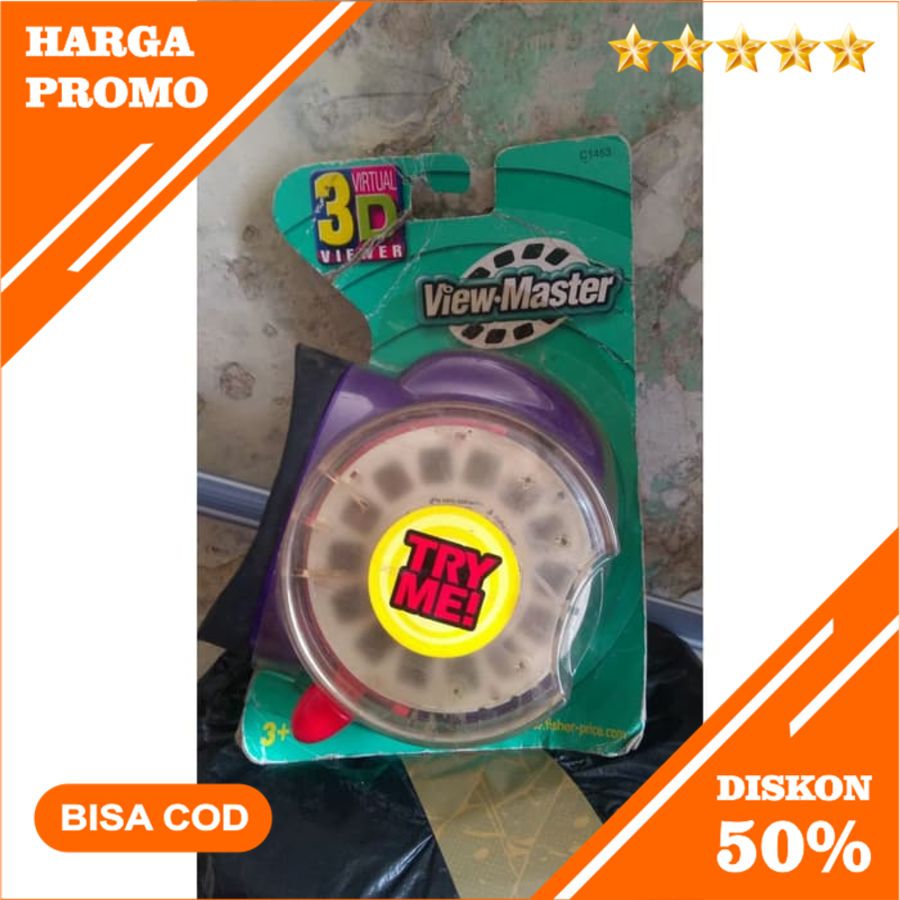
The main subjects of View-Master disks were Carlsbad Caverns and the Grand Canyon. It was intended as an alternative to the scenic postcard, and was originally sold at photography shops, stationery stores, and scenic-attraction gift shops. In late 1939, the View-Master was introduced at the New York World's Fair (marked "Patent Applied For"). The View-Master quickly took over the postcard business at Sawyer's. The patent on the viewing device was issued in 1940, on the Model A viewer. Shortly thereafter, in 1939, Gruber and Graves formed a partnership which led to the retail sales of View-Master viewers and disks. He had the idea of updating the old-fashioned stereoscope by using the new Kodachrome 16-mm color film. Gruber made a stereo imaging rig from two Kodak Bantam Specials mounted on a tripod. Graves and Gruber had independently developed devices to view stereo images. While vacationing at the Oregon Caves National Monument in Josephine County Oregon, he met Graves. Wilhelm Gruber, an organ maker and photographer, lived in Portland, Oregon. Later, photographic greeting-cards were added to the product line and sold to major department stores. In 1926, Harold Graves joined Sawyer's and was responsible for Sawyer's producing photographic postcards and album sets as souvenirs. In 1918, brothers Fred and Ed Mayer bought part of Sawyer's.


In 1911, Sawyer's Photo Services began operations. History 1939–1966: stereoscopic sightseeing


 0 kommentar(er)
0 kommentar(er)
